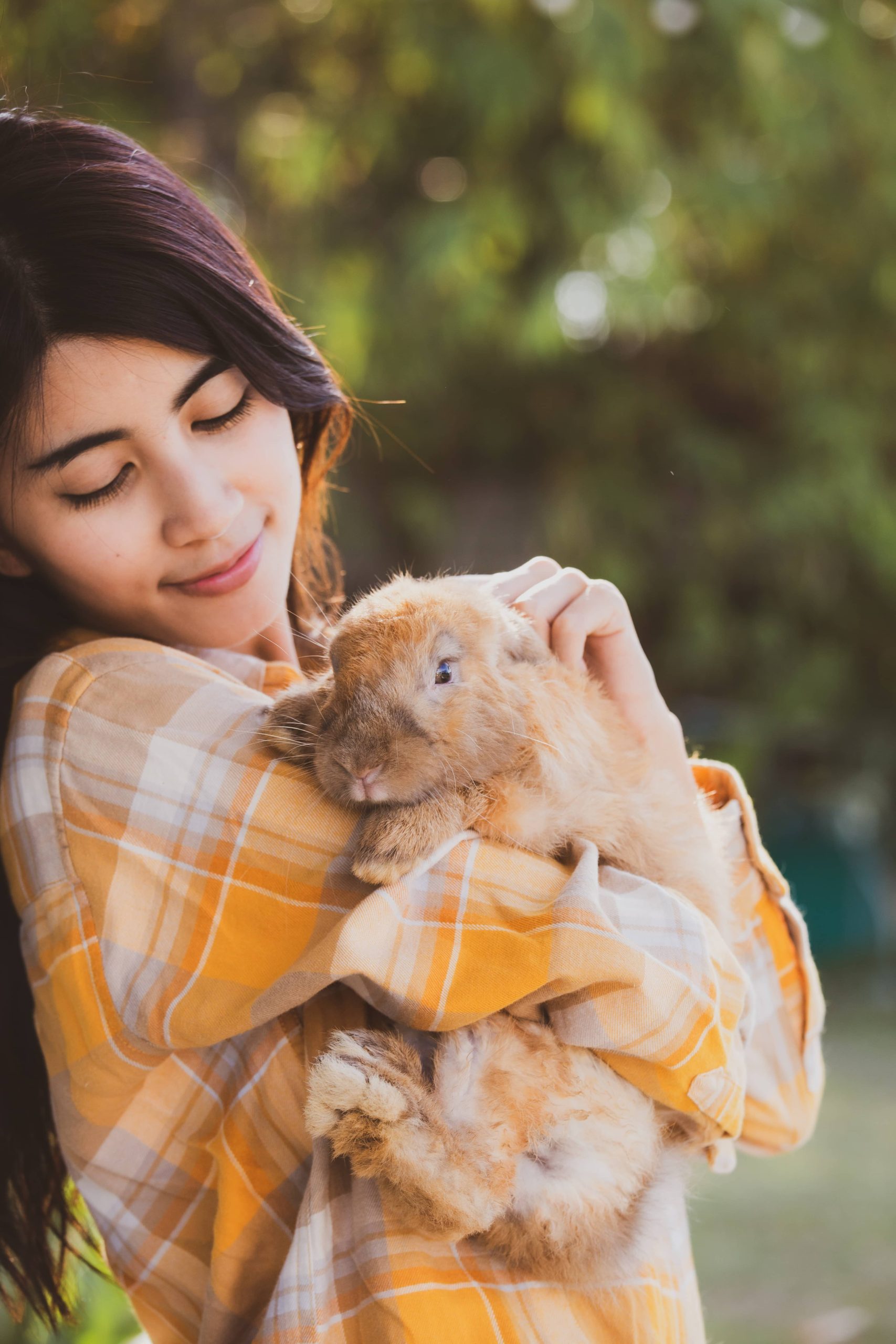
Turtles are fascinating creatures that have captivated human interest for centuries. They come in many varieties, from the colorful and relatively small Red-Eared Slider to the massive and ancient-looking Sulcata tortoise. Each species of turtle has its own unique dietary needs and preferences, so understanding how to properly feed them is crucial for their health and happiness. To ensure your shelled friend thrives, this comprehensive guide will walk you through the essentials of feeding pet turtles.
Understanding the Basics: Herbivores, Omnivores, and Carnivores
Before diving into specific dietary requirements, it’s important to note that turtles can be categorized based on their dietary habits: herbivores, omnivores, and carnivores.
1. Herbivorous Turtles: These turtles primarily consume plant-based diets. Notable examples include the Russian Tortoise and the Sulcata Tortoise.
2. Omnivorous Turtles: These have varied diets that include both plant materials and animal protein. Red-Eared Sliders and Box Turtles fall under this category.
3. Carnivorous Turtles: Predominantly feed on animal protein. This group includes many aquatic turtles and snapping turtles.
Understanding your pet turtle’s dietary classification will greatly aid in providing a tailored diet plan that meets their specific nutritional needs.
The Ideal Diet for Herbivorous Turtles
Herbivorous turtles require a diet rich in fiber, vitamins, and minerals. Here’s a breakdown of the essentials:
– Leafy Greens: These should form the bulk of your turtle’s diet. Examples include collard greens, dandelion greens, mustard greens, and kale. Ensure that these vegetables are fresh and pesticide-free.
– Vegetables: Supplement their meals with a variety of vegetables such as squash, bell peppers, and carrots. Avoid starchy vegetables like potatoes and high-oxalate vegetables like spinach, as they can interfere with calcium absorption.
– Fruits: While fruits are not the primary component of their diet, they can occasionally be used as treats. Suitable fruits include strawberries, blueberries, and melons. Feeding too much fruit, however, can lead to gastrointestinal issues due to their sugar content.
– Calcium Supplements: Herbivorous turtles often need additional calcium to maintain a healthy shell and avoid complications like metabolic bone disease. Provide a cuttlebone or a powdered calcium supplement occasionally.
The Ideal Diet for Omnivorous Turtles
Omnivorous turtles require a balanced diet that includes both plant materials and animal protein. Here’s a guide to feeding them:
– Leafy Greens and Vegetables: Similar to herbivorous turtles, leafy greens and vegetables should be a significant part of their diet. Ensure a good mix of the mentioned greens and vegetables.
– Fruits: Omnivorous turtles can be fed fruit more frequently than herbivores, but it should still be in moderation. Suitable fruits include apples, bananas, berries, and grapes.
– Animal Protein: Depending on the species, animal protein can come from live prey or commercial products. Earthworms, crickets, and mealworms are popular choices. You can also provide cooked chicken and fish in small amounts. Commercial turtle food is available and offers balanced nutrition but should not be the sole food source.
– Aquatic Plant Matter: For semi-aquatic omnivorous species, aquatic plants such as duckweed, water lettuce, and water hyacinth can supplement their diet.
– Calcium and Vitamin Supplements: Regularly offer calcium supplements and ensure they get adequate exposure to UVB light to help in the synthesis of Vitamin D3, which is essential for calcium metabolism.
The Ideal Diet for Carnivorous Turtles
Carnivorous turtles rely heavily on animal proteins for their diet. Here’s how to structure their meals:
– Live Prey and Frozen Foods: Providing live prey such as fish, shrimp, crickets, and worms can help mimic their natural hunting behavior. Alternatively, frozen or freeze-dried options like bloodworms and krill are excellent.
– Fish and Seafood: Small pieces of cooked fish, shrimp, and mollusks can also be offered. Ensure that the seafood is unseasoned and sourced from reliable suppliers to avoid contamination.
– Commercial Pellets: High-quality turtle pellets formulated for carnivorous species can be fed as a primary diet, but it is essential to rotate different food sources to avoid nutritional deficiencies.
– Calcium Supplements: As with other turtles, ensure they receive adequate calcium. A cuttlebone in their enclosure is a great way to provide this.
Hydration and Feeding Practices
Irrespective of their dietary classification, hydration is vital for all turtles. Fresh water should always be available. Aquatic and semi-aquatic turtles require both a swimming area and a basking spot with clean water.
Feeding practices also matter:
– Feeding Frequency: Young, growing turtles and hatchlings often require daily feeding. However, adult turtles can be fed every two to three days. Adjust the frequency based on your turtle’s age, size, and species.
– Portion Control: Overfeeding can lead to obesity and related health issues. Serve portions appropriate to the size of your turtle, ensuring they receive just enough food they can consume in a short period.
– Clean Environment: Ensure that leftover food is removed from the enclosure promptly to prevent water pollution and potential bacterial growth, especially in aquatic species.
Understanding the Importance of UVB Light
UVB lighting is critical for turtles, particularly when it comes to their dietary health. UVB rays enable turtles to synthesize Vitamin D3, vital for calcium absorption. Without it, even a calcium-rich diet can result in metabolic bone disease. Ensure your turtle has access to appropriate UVB lighting or natural sunlight.
Conclusion
Proper nutrition is the cornerstone of a healthy, happy turtle. By understanding their specific dietary needs and adhering to a well-balanced feeding regimen, you can ensure your pet turtle will live a long and thriving life. Whether you have a herbivorous, omnivorous, or carnivorous turtle, playing close attention to their diet and making necessary adjustments will keep your shelled companion in the best of health. Happy feeding!






